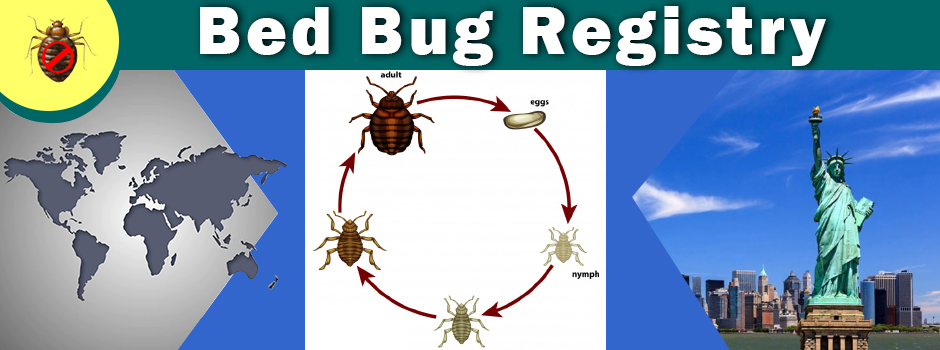Apr 01, 2015 A bed bug, Cimex lectularius. Ohio State University entomologists found that ActiveGuard mattress liners reduce feeding and egg laying, even in bed bug populations that are resistant to pyrethroids. Credit: Gary Alpert, Harvard University, Bugwood.org, CC BY-NC 3.0 US
Products that claim to control bed bugs have been on the market for years. Some work, and some don't.
Dr. Susan Jones, a professor of entomology at Ohio State University, knows this as well as anyone, after having tested many such products for years. While there have been some flops in the past, she and her colleagues have found one that looks promising as a new tool for bed bug control programs. The results of their research are published in an article in the Journal of Medical Entomology.
Mattress liners sold under the trade name ActiveGuard are impregnated with an insecticide called permethrin, which is considered safe for humans and other mammals. Permethrin - which belongs to a class of pesticides called pyrethroids - is found in medical creams to treat scabies, shampoos for head lice, and it's the active ingredient in some flea-control products for dogs and cats.
In recent years, however, some bed bug populations have developed resistance to some pyrethroids and related pesticides, making them less lethal. But for Jones and her team, killing bed bugs is only one part in the effort to control them.
"Death doesn't have to be the end-point that we measure in studies," Dr. Jones said. "Physical or behavioral changes can significantly affect the impact of bed bugs before death even occurs."
One of these things is fecundity - the bed bugs' ability to lay eggs and reproduce. In order to lay eggs, female bed bugs must first have a bloodmeal, so the Ohio researchers set out to test ActiveGuard's effects on bed bug feeding.
"Feeding in bed bugs and fecundity are very tightly coupled," Jones said. "If a female bed bug doesn't feed, then she is unlikely to lay eggs, and if she doesn't lay eggs, then the life cycle is interrupted."
Surprisingly, they found the ActiveGuard fabric to be extremely effective, even in bed bug populations that were resistant to pyrethroids. Bed bugs that were exposed to the fabric for ten minutes were significantly less likely to even attempt feeding compared to those on untreated fabric, and the majority were unable to feed successfully. Even when they were successful, their bloodmeals were only half the size of bed bugs that were not exposed to the fabric.
Even more surprising, out of 52 females tested, only one laid a single egg.
Read the rest here:
ActiveGuard mattress liners reduce bed bugs' ability to lay eggs, study finds

 Residence
Residence  Location
Location 










